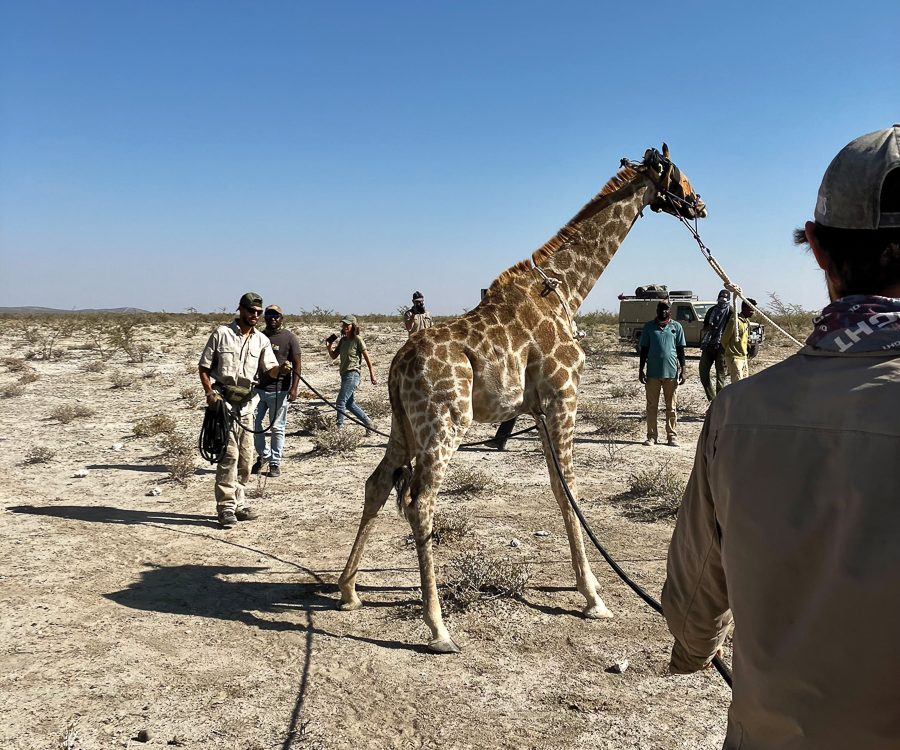NEWS | Namibia Makes the List
January 14, 2015NEWS | Hadeda Ibises Breed in Namibia
January 16, 2015Compiled Sanet van Zijl
Human-wildlife conflict is one of the largest threats that predators in Namibia face. Predators often prey on livestock on farms and farmers kill these animals in order to save their livelihood.
Communal farmers are often extremely poor and when one of their animals is lost to a predator this can have a dramatic effect on their lives. Cheetahs are especially at risk in this human-wildlife conflict, as they are already endangered and over 90% of cheetahs do not live in wildlife conservancies, but instead alongside human communities.
After half the Cheetah population was wiped-out by livestock and game farmers in the 1980’s, the Cheetah Conservation Fund (CCF) formulated its Human Wildlife mitigation programs, called Future Farmers of Africa, a decade later. Through these programs the CCF works with famers to practice predator-friendly livestock and wildlife management.
Enter the swing gate; these gates are similar to pet doors one would install at home. The CCF has been researching ways to reduce animal-human conflict, especially on fenced game farms and found that these gates could be the solution.
The gates allow burrowing animals such as the aardvark, warthog or porcupine to enter or leave a farm through a hinged flap in the fence line. These gates prevent the burrowing animals from digging holes under fences where precious game can escape or predators can enter a camp. The burrowers prefer the use of the swing gates once they know where it is situated, as they require no effort to go to and fro between camps. The gates therefore save burrowers from being killed by farmers who see them as pests that destroy their fences.
Swing gates are also much less expensive than electric fencing that some farmers choose to use to keep predators at bay. Where these gates are placed along a fence line is critical for a favorable outcome and farmers need to take into account a variety of factors when choosing where to place a gate. These factors include distance to watering holes, grass height, soil type and vegetation density. It is also suggested that additional swing gates be installed where disturbance by burrowing animals are high, such as where watering holes are situated.
The study by the CCF concluded that once a gate is optimally placed and easily reachable by a burrowing animal, the number of holes they dig under fences decrease.
As a result of the swing gate installment predators are saved indirectly. The reason for this is that the study found that large carnivores do not use the swing gates. They seem to think that the fence is still completely intact; a win-win situation for predators, burrowers and farmers.



